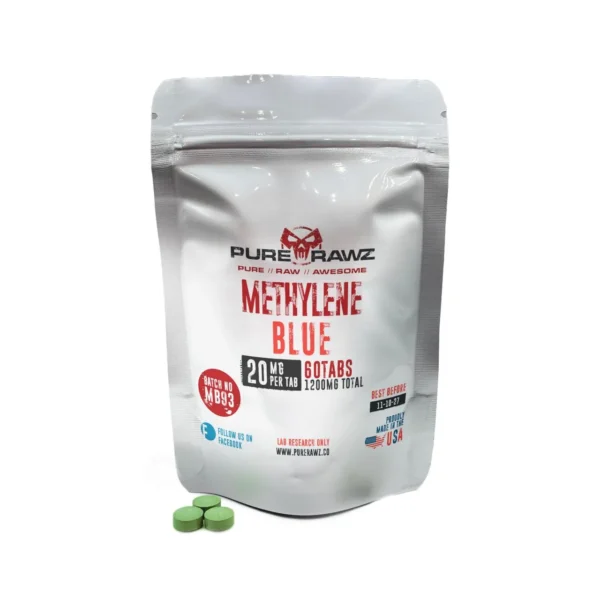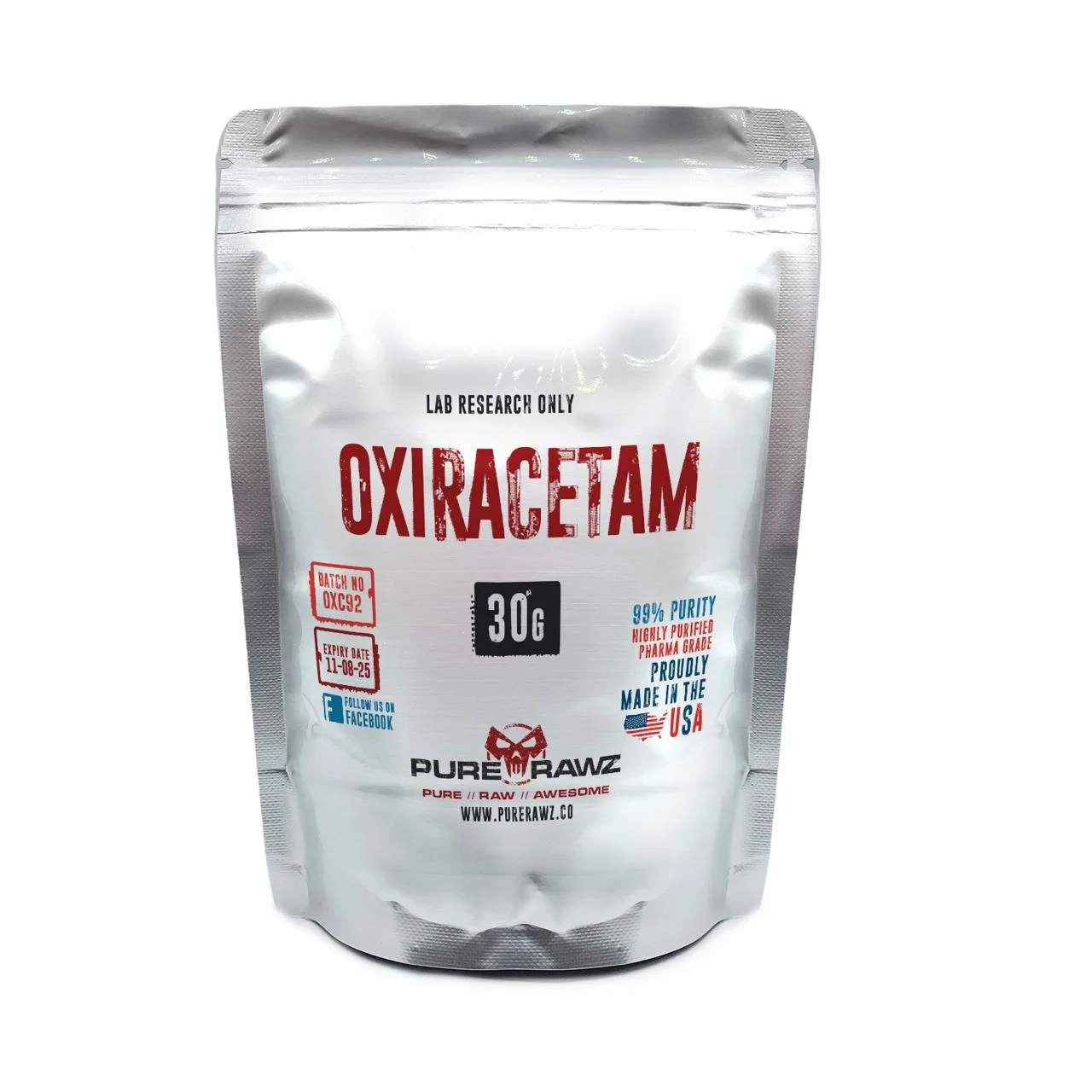What's the most serious safety issue with methylene blue, and why is it
potentially fatal? Serotonin syndrome when combined with serotonergic
drugs represents the most critical concern. This potentially fatal
reaction can occur at doses above 5 mg/kg when methylene blue is
combined with SSRIs, SNRIs, MAOIs, tricyclic antidepressants (especially
clomipramine), bupropion, buspirone, mirtazapine, linezolid, opioids
(meperidine, tramadol, fentanyl), dextromethorphan, triptans, or
amphetamines. The FDA added a boxed warning in November 2023. Several
deaths have been reported, most during parathyroid surgery with IV doses
of 1-8 mg/kg in patients on SSRIs. Understanding
drug interactions and contraindications
is essential for safe supplementation.

How do you recognise serotonin syndrome, and what's the management
protocol? Symptoms include mental status changes (agitation,
hallucinations, delirium, coma), autonomic instability (tachycardia,
labile blood pressure, hyperthermia, diaphoresis), neuromuscular
symptoms (tremor, rigidity, myoclonus, hyperreflexia), seizures, and GI
distress. Management requires immediately stopping serotonergic drugs,
using the lowest possible methylene blue dose if emergency treatment is
necessary, and monitoring closely for CNS toxicity for 2 weeks (5 weeks
if fluoxetine due to long half-life) or until 24 hours after the last
methylene blue dose. Patients should not take serotonergic drugs for 72
hours after methylene blue. Case reports of oral methylene blue
interactions with serotonergic drugs are rare (only 1 documented) versus
14+ for IV, suggesting oral administration may carry lower risk.
Why is G6PD deficiency an absolute contraindication to methylene blue?
Glucose-6-phosphate dehydrogenase (G6PD) is essential for producing
NADPH via the pentose phosphate pathway; methylene blue requires NADPH
for its mechanism of action and consumes NADPH during redox cycling. In
G6PD-deficient patients (approximately 5% of the world population,
particularly common in Mediterranean, African, and Asian populations),
methylene blue will be ineffective and can cause severe haemolytic
anaemia requiring transfusions. G6PD screening is mandatory before any
methylene blue administration, not merely recommended. Even in patients
with normal G6PD, haemolytic anaemia can occur, with onset potentially
delayed 1+ days after treatment.
Absolute Contraindications
-
Serotonergic medications: SSRIs, SNRIs, MAOIs,
tricyclics, tramadol, meperidine, fentanyl, linezolid, triptans
(doses >5 mg/kg)
-
G6PD deficiency: Screening mandatory before any
use; deficiency causes severe haemolytic anaemia
-
Pregnancy: Intra-amniotic injection causes
intestinal atresia and fetal death; IV at term causes neonatal
complications
-
Breastfeeding: Discontinue during treatment and
for up to 8 days after due to genotoxicity concerns
-
Severe renal impairment: AUC increases 192%;
single 1 mg/kg dose maximum with extended monitoring
What are the pregnancy and lactation risks, and how do they differ by
route? Pregnancy is a major contraindication. The FDA previously
classified methylene blue as Category X for pregnancy. Intra-amniotic
injection during the second trimester has been associated with neonatal
intestinal atresia and fetal death. IV administration at term can cause
hyperbilirubinaemia, haemolytic anaemia, methemoglobinaemia, respiratory
distress, skin staining, and photosensitivity in newborns.
Pharmacokinetic modelling suggests maximal fetal dose from maternal use
is approximately 0.25 mg (5% of administered dose) after lymphatic
mapping procedures, with actual exposure likely lower due to
pregnancy-related physiologic factors. Breastfeeding should be
discontinued during treatment and for up to 8 days after due to
potential for serious adverse reactions including genotoxicity.
Methylene blue is excreted in breast milk with L4 (Possibly Hazardous)
classification—expressing and discarding milk for 24 hours after IV
administration is recommended.
What common adverse effects should patients expect, even at therapeutic
doses? Nearly universal blue-green discolouration of urine, feces, and
saliva occurs—this is expected and not harmful but can be alarming if
patients aren't warned. Blue skin discolouration occurs in 13%. Pain in
extremity affects 84% at 2 mg/kg dose. Other common effects include
headache, nausea, diarrhoea, dizziness, confusion, chest pain, syncope,
hypertension or hypotension, and vision disturbances. Serious adverse
events beyond serotonin syndrome and haemolytic anaemia include
anaphylaxis with angioedema, urticaria, and bronchospasm; neurological
toxicity including prolonged postoperative disorientation, confusion,
tremor, and seizure-like phenomena (3.2% in trials); and cardiovascular
effects including cardiac arrhythmia and refractory hypotension at very
high doses. Always consult
supplement labels and warnings
before use.
What happens in overdose, and is there an antidote? Overdose symptoms at
cumulative doses of 7 mg/kg or higher include nausea, vomiting,
precordial pain, dyspnoea, tachypnoea, chest tightness, tachycardia,
apprehension, tremor, mydriasis (dilated pupils), intense blue staining
of urine, skin, and mucous membranes, abdominal pain, paraesthesia,
headache, confusion, paradoxical mild methemoglobinaemia (up to 7%), and
ECG changes including T-wave flattening or inversion. Effects typically
last 2-12 hours. Critically, no specific antidote exists for methylene
blue toxicity—management is purely supportive with fluids, electrolyte
correction, and symptomatic treatment. This makes prevention of overdose
absolutely essential.



